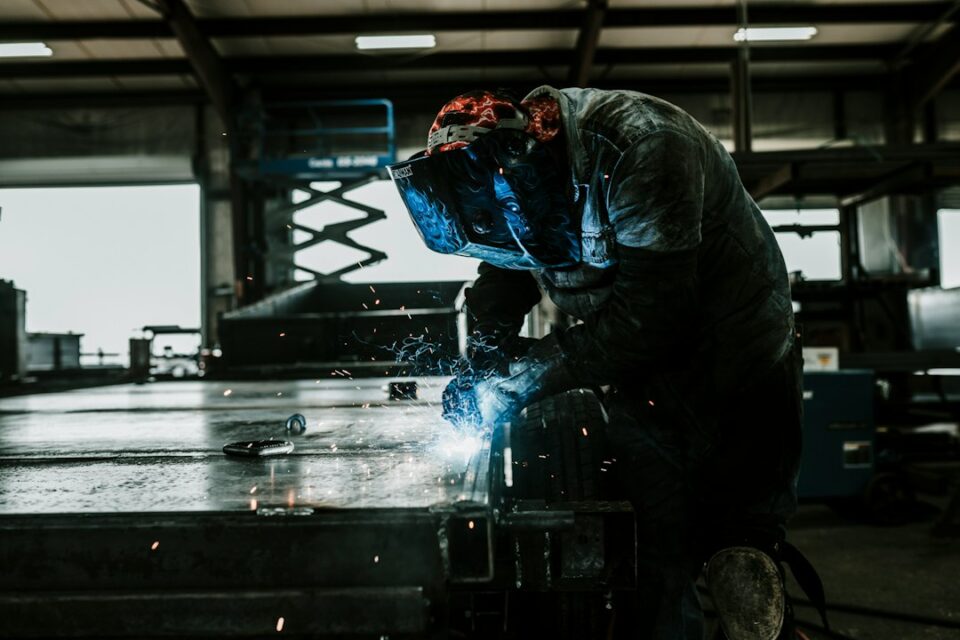The Role of Additive Manufacturing in Prototyping
Prototyping is an essential step in the product development process, allowing engineers and designers to bring their ideas to life before moving towards production. Traditionally, prototyping involved time-consuming and expensive methods like subtractive manufacturing, where material is gradually removed from a solid block until the desired shape is achieved. However, with the advent of additive manufacturing, also known as 3D printing, prototyping has become much more efficient and cost-effective.
Additive manufacturing is a groundbreaking technology that enables the creation of physical objects by adding layers of material, usually in the form of liquid resin or filament, one on top of the other until the final object is formed. This innovative approach to manufacturing has revolutionized the prototyping process, providing engineers and designers with several advantages.
One of the key advantages of additive manufacturing in prototyping is its ability to produce complex and intricate designs. Traditional prototyping methods often faced limitations in creating complex geometries, which limited the creativity and functionality of the prototypes. With additive manufacturing, intricate designs can be easily translated into physical objects, enabling the exploration of new design concepts and pushing the boundaries of what is possible.
Furthermore, 3D printing allows for rapid iteration and quick design modifications. In traditional prototyping methods, making design changes can be a time-consuming and costly process. However, with additive manufacturing, designers have the flexibility to modify the digital design file and quickly create a new prototype. This accelerated iteration process allows for faster development cycles and significantly reduces the time required to bring a product to market.
Another significant advantage of additive manufacturing in prototyping is its cost-effectiveness. Traditional prototyping methods often involve high tooling costs, mainly for creating molds and dies. In contrast, additive manufacturing eliminates the need for expensive tooling by directly translating the digital design file into a physical object. This reduction in tooling costs makes additive manufacturing an attractive option for small businesses and startups with limited budgets.
Moreover, additive manufacturing enables the creation of prototypes with functional properties. In many cases, prototypes need to simulate the behavior of the final product to test its functionality and performance. With the versatility of additive manufacturing, materials with specific mechanical, thermal, or electrical properties can be used to create functional prototypes. This ability to prototype with functional materials allows engineers to accurately assess the performance of a design before moving towards production.
With the recent advancements in additive manufacturing technologies, the role of 3D printing in prototyping is expanding beyond just concept validation. Additive manufacturing is now being used to produce functional prototypes for field testing, market research, and even small-scale production. This trend is particularly evident in industries such as aerospace, automotive, and medical, where 3D printed prototypes are now a common sight.
In conclusion, additive manufacturing has revolutionized the prototyping process, providing engineers and designers with unprecedented capabilities and advantages. From the ability to create complex designs to rapid iteration and cost-effectiveness, 3D printing has transformed the way prototypes are made. As the technology continues to evolve, the role of additive manufacturing in prototyping will only become more significant, enabling faster product development cycles and innovation in various industries.

